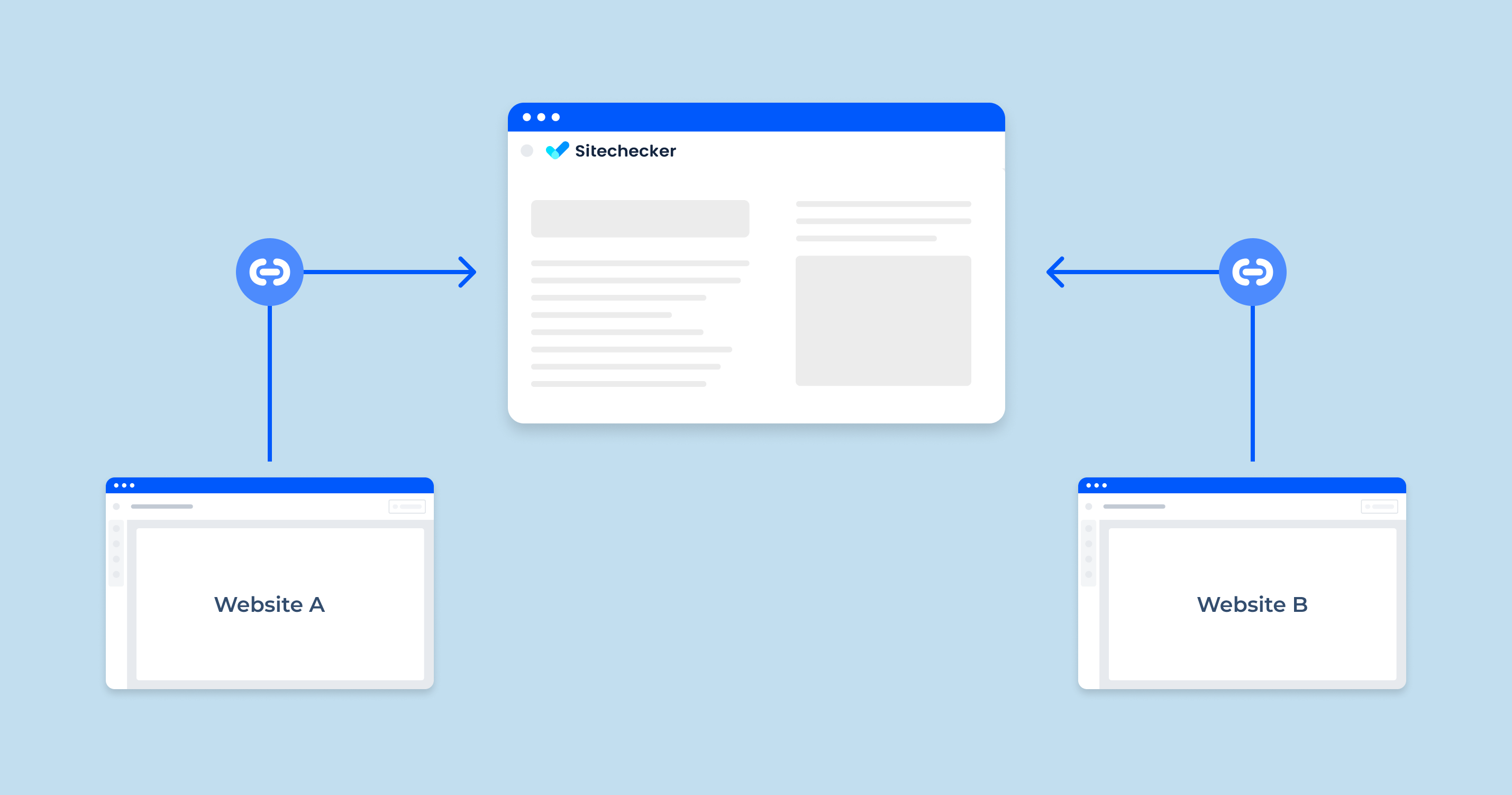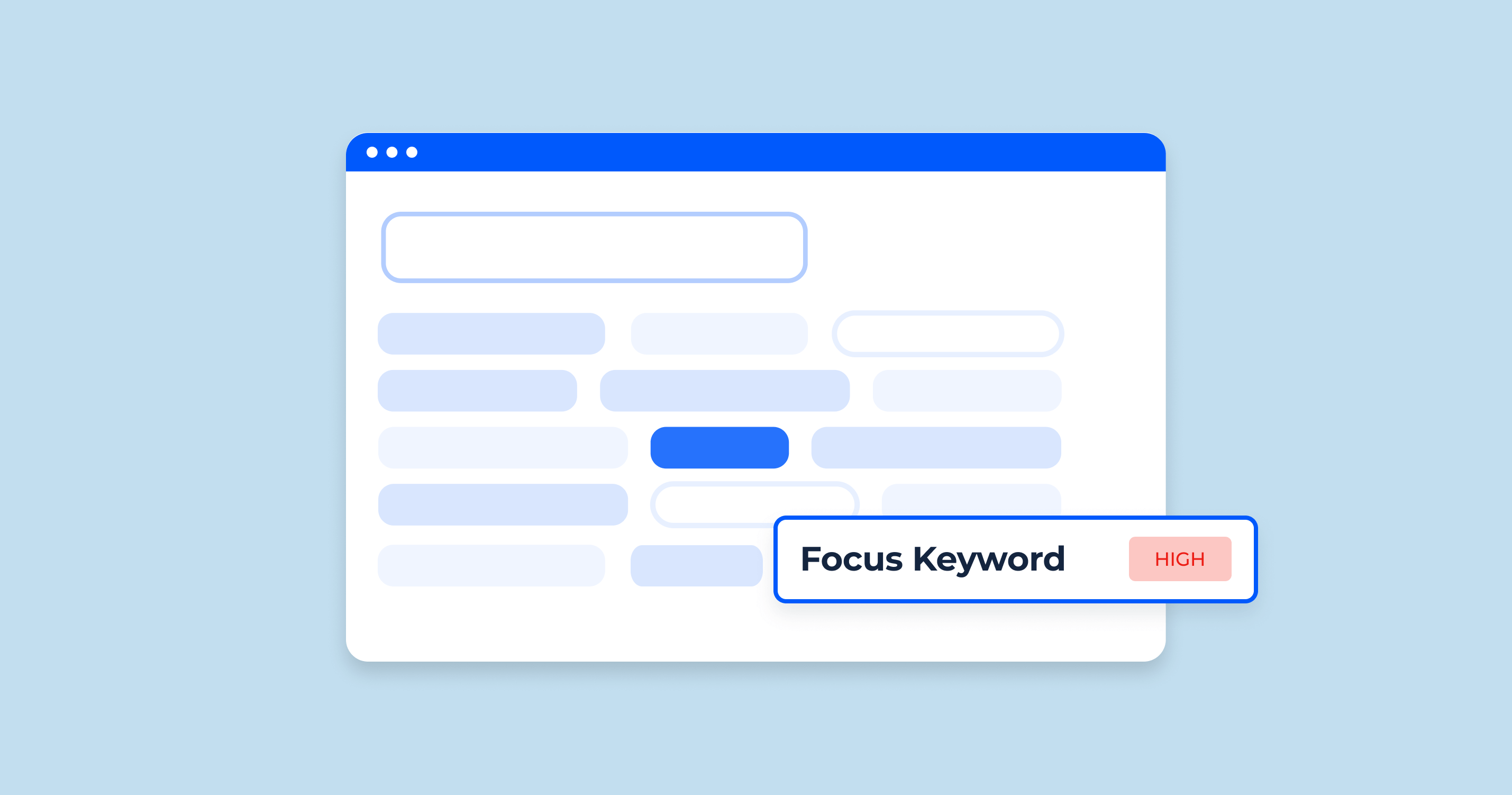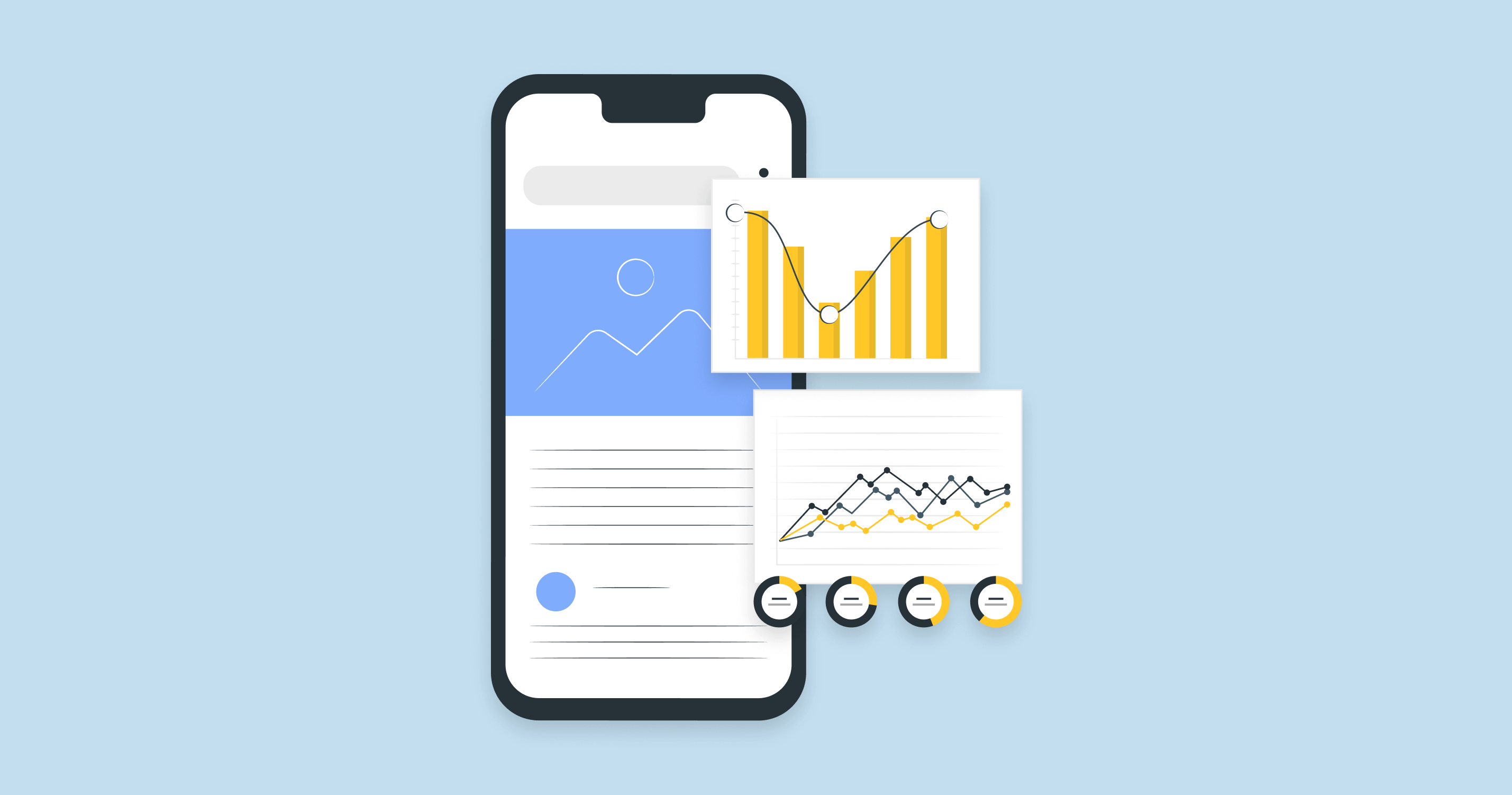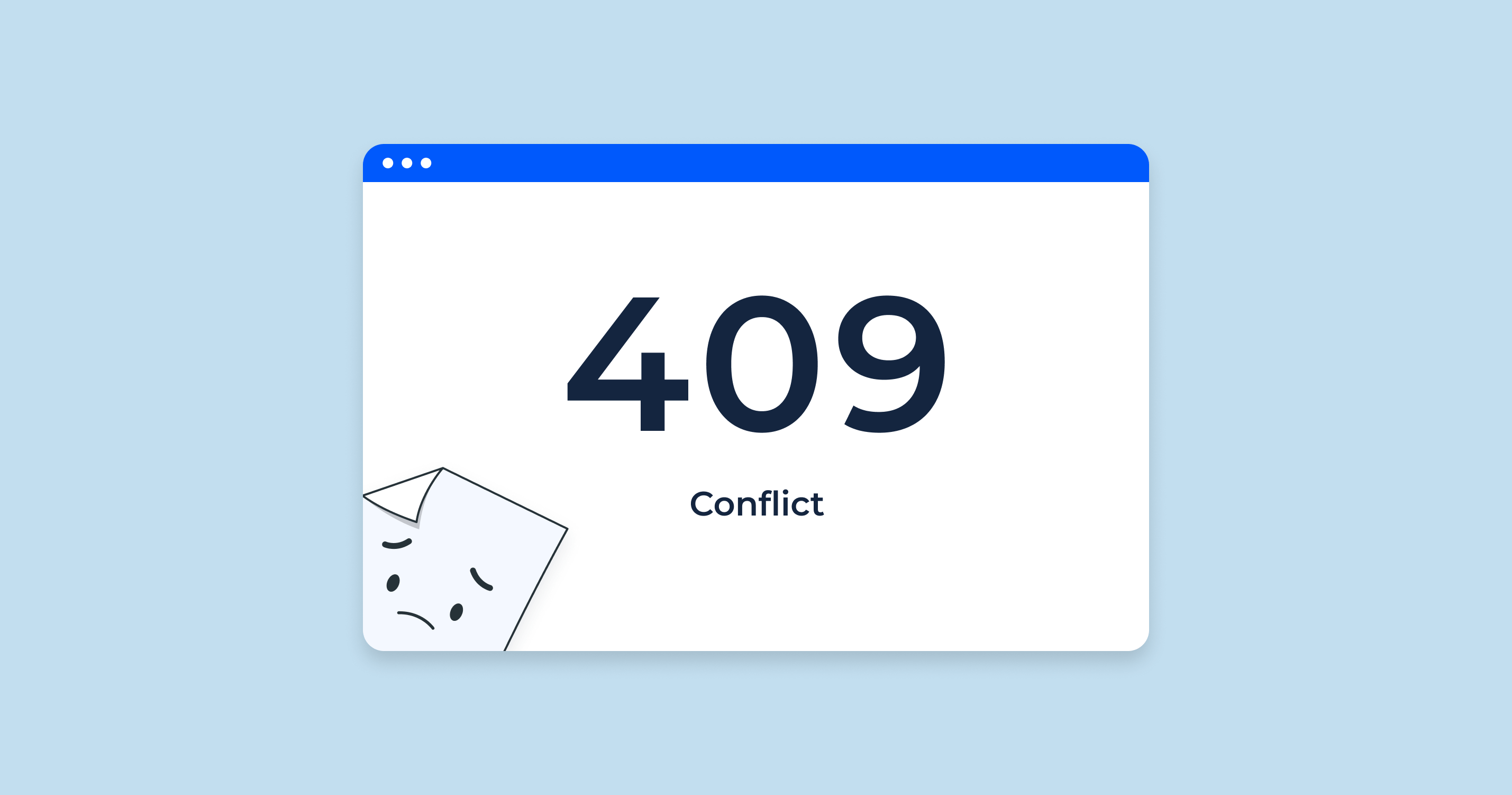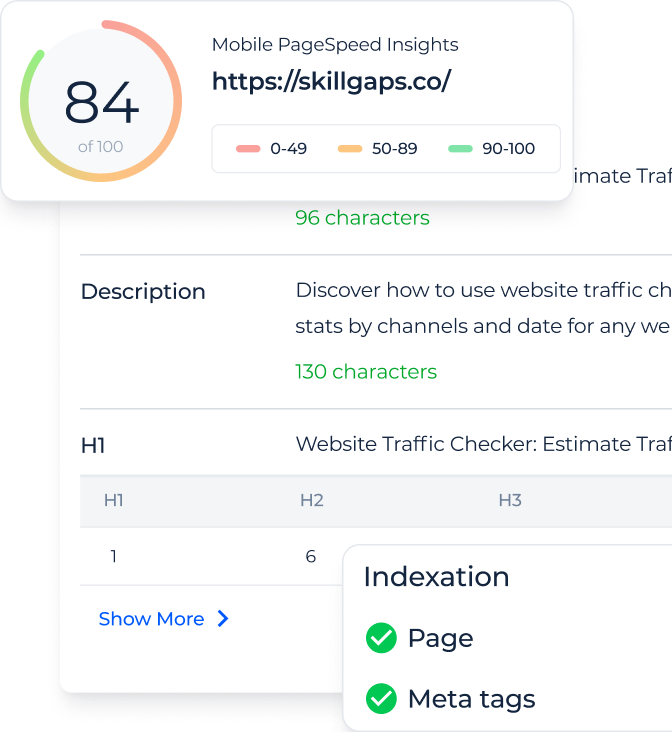What is Link Building?
Link building is one of the foundational pillars of Search Engine Optimization (SEO). But what exactly does it entail?
At its core, link building is the process of acquiring hyperlinks from other websites to your own. These hyperlinks, commonly known as “links” or “backlinks”, are like roads leading users from one webpage to another. For websites, they serve two main functions:
- Navigation: Links allow users to navigate between different pages on the internet. They can guide users from a blog post to a product page, from a news article to a reference, or from one website to a completely different one. This interconnected web of information is what makes the internet so vast and accessible.
- Ranking: From an SEO perspective, backlinks are like votes of confidence from one website to another. Search engines, especially Google, view these links as endorsements. If a reputable website links to your content, it signals to search engines that your content is valuable and trustworthy. As a result, websites with more high-quality backlinks tend to rank higher in search engine results pages (SERPs).
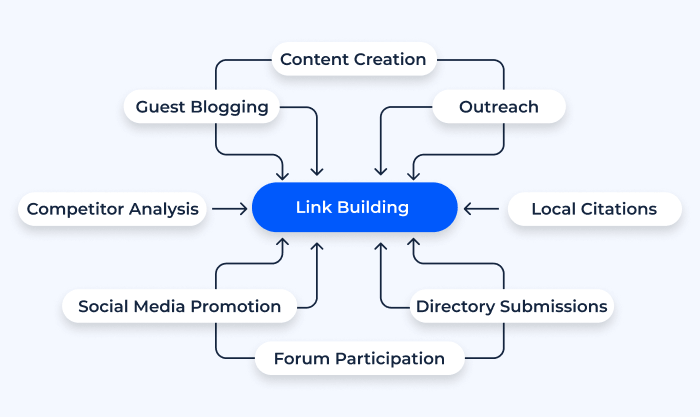
However, not all links are created equal. The value of a hyperlink depends on various factors like the authority of the linking website, the relevance of the content, the anchor text used, and more. Link building, therefore, is not just about quantity but quality.
In the early days of the internet, the sheer number of backlinks pointing to a website was enough to boost its search engine rankings. But as search algorithms have evolved, the quality, relevance, and context of these links have become more important than ever. Today, effective link building requires a strategic approach, emphasizing relationship-building, producing high-quality content, and adhering to search engine guidelines.
In essence, link building is a testament to the credibility and value of your content. When done right, it can significantly improve your website’s visibility, drive organic traffic, and establish your brand as an authority in its niche. However, it’s crucial to note that unethical link-building practices, often termed as “black-hat SEO,” can lead to penalties and harm a website’s reputation in the long run.
As we delve deeper into the world of link building, you’ll learn about its importance, various strategies, and best practices to ensure that your efforts yield fruitful results.
Why is Link Building Important?
Link building, often perceived as a technical aspect of SEO, carries profound significance in the digital landscape. Its importance is multifaceted, impacting both the visibility and credibility of a website. Here’s a breakdown of why link building is crucial:
| Search Engine Rankings | Search engines, like Google, use hyperlinks as a primary way to determine the relevance and authority of a webpage. Think of each link as a vote of confidence for your content. The more high-quality, relevant backlinks you have pointing to your site, the more likely search engines are to rank your pages higher in search engine results pages (SERPs). |
| Web Navigation | Links act as pathways that guide users through the vast expanse of the internet. They facilitate smooth navigation, allowing users to discover related content, delve deeper into topics, or transition between different sections of a website seamlessly. |
| Building Authority | When authoritative or trusted websites link to your content, it’s an endorsement of the quality and relevance of your information. Over time, as more industry leaders or reputable sources link to your website, you begin to establish yourself as an authority in your niche. |
| Referral Traffic | Beyond the SEO benefits, hyperlinks also drive direct traffic. When a user reads an article or browses a website and clicks on a hyperlink, they are led to the linked content. This referral traffic can be highly targeted, leading to better user engagement and potential conversions. |
| Relationship Building | The process of link building often involves outreach and collaboration with other websites, bloggers, or industry leaders. This fosters relationships, which can lead to partnerships, collaborations, or other business opportunities. |
| Brand Visibility & Recognition | Being linked from widely read websites or popular blogs can introduce your brand to a broader audience. Even if a user doesn’t click on a hyperlink immediately, seeing your brand name or website can increase brand recall for future interactions. |
| Feedback & Community Engagement | Links can also serve as a channel for feedback. For instance, if a blogger links to your content while offering a critique, it provides an opportunity for engagement, discussion, or even improvements based on community feedback. |
| Endorsement of Content Quality | Earning backlinks naturally indicates that your content is of high quality. Other websites wouldn’t link to your content unless they found it valuable and worthy of sharing with their audience. |
| Competitive Edge | In highly competitive industries or niches, having a robust link profile can give you an edge over competitors in SERPs. It can be the difference between appearing on the first page of search results versus being buried on subsequent pages. |
In conclusion, link building is not just a technical tactic but a strategic endeavor that intertwines with various facets of digital marketing. It’s about building relationships, establishing authority, and providing value to the internet community. Part of this process includes regularly test dofollow links to ensure they are effectively passing SEO value and contributing to your website’s authority. While link building requires effort and persistence, the benefits of a strong link profile are undeniable, making it an essential component of any successful online strategy.
The Basics of Link Building
Diving into the world of link building can be overwhelming for many, given its technical and strategic nature. However, understanding its basics is crucial for anyone looking to harness its full potential. Here’s a primer on the foundational elements and concepts of link building:
- Types of Links:
- Internal Links: These are hyperlinks that go from one page on a domain to another page on the same domain. They’re commonly used for navigation and distributing page authority throughout a website.
- External or Outbound Links: These are links from your website to another website. They can be useful for providing references or additional information sources.
- Backlinks or Inbound Links: These are incoming links to a webpage. When another website links to your site, you receive a backlink. These are the primary focus of most link building strategies.
- Link Anatomy:
- Anchor Text: This is the clickable text in a hyperlink, usually appearing in a different color. SEO best practices suggest that anchor text be relevant to the linked page.
- Link Ref: This is the URL to which the anchor text points.
- Nofollow Attribute: Some links have a “nofollow” tag, instructing search engines not to consider them as endorsements for ranking purposes.
- Dofollow Links: These are the standard links that pass ranking power from one site to another.
- Link Quality:
- High-Quality (or ‘White Hat’) Links: These are hyperlinks from trusted and authoritative websites. They’re earned naturally and are compliant with search engine guidelines.
- Low-Quality (or ‘Black Hat’) Links: These are links that may be purchased or come from dubious sources. They’re often in violation of search engine guidelines and can lead to penalties.
- Link Building Methods:
- Natural Link Building: This involves creating high-quality content that people naturally want to link to.
- Manual Link Building: This involves manually reaching out to other website owners or bloggers and asking them to link to your content.
- Self-Created Links: These are created by practices such as adding a backlink in an online directory, forum, blog comment signature, or a press release with optimized anchor text.
- Link Building Metrics:
- Link Equity (or ‘Link Juice’): This is the amount of ranking power a link passes from one page to another.
- Domain Authority (DA): A metric developed by Moz, it predicts how well a website will rank on search engines. The higher the DA, the more valuable the link.
- PageRank: Originally developed by Google, it’s an algorithm that evaluates the quantity and power of links to a webpage to determine a rough estimate of the website’s importance.
- Link Building Ethics:
- White Hat Link Building: Techniques that comply with search engine guidelines.
- Black Hat Link Building: Techniques that violate these guidelines, like link farms or buying links. Such methods can lead to search engine penalties.
- Risks and Rewards:
While high-quality link building can significantly boost your site’s authority and rankings, unethical practices can lead to penalties or even removal from search engine results. It’s crucial to understand the potential risks associated with various link-building strategies.
In essence, link building is a blend of technical know-how, strategic outreach, and content marketing. It’s about fostering relationships, understanding search engine algorithms, and consistently producing value-driven content. As you venture deeper into the intricacies of link building, always prioritize quality over quantity and ethical practices over quick wins.
How to Build Links
Link building is a multifaceted process that requires a blend of strategic planning, outreach, and content creation. As with any SEO strategy, it’s crucial to prioritize quality and relevance over quantity. Here’s a detailed breakdown of various methods to build links:
Adding Links
Adding links, often referred to as internal linking, involves creating hyperlinks within your own website content that point to other pages on the same site. This not only aids in navigation but also helps distribute page authority and ranking power throughout the site.
Steps to Effective Internal Linking:
- Content Audit: Start by reviewing your site’s content to identify potential linking opportunities.
- Relevance is Key: Link related pages together. For instance, if you have a blog post about “Beginner’s Guide to Baking,” you could link to a recipe page or a post about baking tools.
- Use Descriptive Anchor Text: Ensure that the clickable text (anchor text) provides a clear idea of what the linked page is about.
- Avoid Overloading: While internal links are beneficial, avoid cramming too many into a single page, as it can overwhelm readers and seem spammy.
Asking for Links
Directly reaching out and asking for links is a proactive approach, but it requires tact and genuine relationship-building.
Steps to Request Links:
- Identify Potential Websites: Look for websites in your niche or related industries that might be interested in your content.
- Craft a Personalized Message: Avoid generic emails. Instead, tailor your message to each recipient, explaining why linking to your content might be beneficial for their audience.
- Offer Value: Perhaps share a piece of content they might find interesting or offer to write a guest post.
- Follow Up: If you don’t get a response, send a gentle follow-up reminder.
Earning Links
Earning links is the most organic method, where high-quality content naturally attracts backlinks because other websites find it valuable.
Tips for Earning Links:
- Create High-Quality Content: This includes comprehensive guides, infographics, original research, and interactive content.
- Promote Your Content: Share it on social media, email newsletters, and other platforms to increase visibility.
- Engage with Communities: Participate in forums, blogs, or social media groups related to your industry to showcase your expertise and share your content.
Buying Links
While buying links might seem like a quick way to boost your link profile, it’s a risky tactic that can lead to penalties if detected by search engines.
Points to Consider:
- Search Engine Guidelines: Major search engines, like Google, penalize websites that buy links in violation of their guidelines.
- Quality Over Quantity: If you’re considering buying links, ensure they come from reputable, high-authority sites relevant to your niche.
- Transparency: Some websites offer “sponsored” or “partner” link opportunities. Ensure these links are tagged with a “nofollow” attribute to comply with search engine guidelines.
- Weigh the Risks: Understand the potential repercussions, including loss of search visibility or a drop in rankings.
While there are various methods to build links, the emphasis should always be on quality, relevance, and adhering to ethical practices. Whether you’re adding, asking for, earning, or buying links, always prioritize the long-term health and credibility of your website.
What Makes a Good Backlink?
Backlinks, or inbound links, play a pivotal role in search engine optimization (SEO). However, not all backlinks are created equal. The impact of a backlink on a website’s ranking can vary based on several factors. Here’s an in-depth look at what constitutes a good backlink:
Authority
Authority refers to the credibility and trustworthiness of the website linking to your content. A backlink from a high-authority site can significantly boost your own site’s authority and rankings.
- Domain Authority (DA): A metric developed by Moz, DA predicts how well a website will rank on search engines. A link from a high DA site is often more valuable than one from a lower DA site.
- Page Authority (PA): Similar to DA, PA refers to the authority of a specific page rather than the entire domain.
Relevance
Relevance ensures that the link makes contextual sense. It’s crucial for the linking website or web page to be related to your content or industry.
- A tech blog linking to a bakery’s website might not be as valuable as a renowned chef’s blog doing the same.
- Search engines prioritize relevance to ensure that users get the most pertinent information.
Anchor Text
The anchor text is the clickable text in a hyperlink. It provides context about the content of the linked page.
- Descriptive Anchor Text: It should give readers and search engines a clear idea of what the linked page is about.
- Over-Optimized Anchor Text: Repeatedly using the same keyword-rich anchor text can appear spammy and might lead to penalties. It’s essential to maintain a natural and varied anchor text profile.
Placement
The placement of a link on a page can influence its SEO value.
- Main Content Area: Hyperlinks within the body of an article or main content area are typically more valuable than links in sidebars or footers.
- Visibility: Links that are prominently placed and easily visible tend to get more clicks and are deemed more valuable.
Nofollow vs. Follow
These are attributes that can be added to links to dictate how search engines treat them.
- Nofollow: Instructs search engines not to follow the hyperlink or pass any link equity. Commonly used for sponsored links or user-generated content.
- Dofollow (or simply Follow): The default state for all links. Allows search engines to follow the hyperlink and pass link equity.
Destination
The destination or the final URL to which a link points can also impact the value of a backlink.
- Quality of Destination Content: If a backlink points to high-quality, relevant content, it’s likely to be more valuable.
Landing Page Experience: The user experience on the linked page, including its loading speed, mobile-friendliness, and content structure, can influence the link’s value.
Google About Linkbuilding
John Mueller, a Search Advocate at Google, has tweeted about link building several times over the years. Here are some of his key insights:
- Links are still important, but they’re not the only thing. In a 2022 tweet, Mueller said that links are “one of the most important signals” for Google, but that they’re not the only thing that matters. He also said that Google is able to “figure out a little bit better how the content fits in within the context of the whole web,” which means that links may become less important in the future.
- Focus on creating high-quality content that people will naturally want to link to. In a 2023 tweet, Mueller said that the best way to get links is to “create content that people find helpful and interesting.” He also said that it’s important to “promote your content in a way that is authentic and not spammy.”
- Avoid buying links or participating in other link building schemes. Mueller has repeatedly warned against buying links or participating in other link building schemes, such as link exchanges. He has said that these practices can actually harm your website’s ranking in the long run.
Here are some specific tweets from John Mueller about link building:
- On the importance of links:
- On how to get links naturally:
- On buying links:
Overall, John Mueller’s advice on link building is simple: focus on creating high-quality content that people will naturally want to link to. Avoid any link building schemes that seem too good to be true.
Best Link Building Strategies
Building a robust link profile is essential for SEO, but it requires a strategic and multifaceted approach. Here’s a guide to some of the most effective link building strategies:
Replicating your Competitor’s Backlinks
By analyzing where your competitors are getting their backlinks, you can identify opportunities for your own site.
- Use tools like Ahrefs or SEMrush to analyze your competitor’s backlink profile.
- Filter out high-authority and relevant sites.
- Reach out to these sites or create content that could be linked similarly.
Targeted Link Outreach
This involves manually reaching out to website owners or bloggers and proposing a link to your content.
- Identify sites that are relevant to your niche.
- Craft personalized emails explaining why linking to your content could benefit their readers.
- Provide value, perhaps by sharing their content or offering a guest post.
Creating Linkable Assets
Linkable assets are high-quality content pieces that naturally attract backlinks.
- Infographics, comprehensive guides, or original research are typical examples.
- Ensure the content is unique, valuable, and shareable.
- Promote your assets across various platforms to increase visibility.
Content Promotion
Actively promoting your content can lead to more visibility and organic backlinks.
- Share on social media platforms, forums, and relevant communities.
- Engage with influencers or bloggers in your industry to amplify reach.
- Consider using paid advertising for additional exposure.
Guest Posting
Writing articles for other websites can be a great way to earn backlinks.
- Find reputable sites in your industry that accept guest posts.
- Ensure your content aligns with their audience’s interests.
- Include a link back to your site within the content or author bio.
Become a Source
Position yourself or your brand as an expert source for journalists or content creators.
- Platforms like HARO (Help a Reporter Out) connect journalists with expert sources.
- Provide valuable insights or quotes and get a backlink in return.
Broken Link Building
This involves finding broken links on other websites and suggesting your content as a replacement.
- Use tools to identify broken links relevant to your niche.
- Reach out to the website owner, inform them of the broken link, and propose your content as an alternative.
Find Unlinked Brand Mentions
Sometimes websites mention your brand without linking to you.
- Use monitoring tools to track brand mentions.
- When you find an unlinked mention, contact the site owner and request a link.
Reclaim Lost Backlinks
Over time, some external websites might remove their links to your content.
- Monitor your backlink profile regularly.
- If you notice a valuable link has been removed, reach out and inquire about the reason, and see if it can be restored.
Backlink Gap Analysis
This involves identifying backlink opportunities that your competitors have but you don’t.
- Use SEO tools to compare your backlink profile with competitors.
- Identify unique sites that link to your competitors and target them for outreach.
Conclusion
Link building is an intricate dance in the vast world of SEO, balancing technical prowess with strategic insight. Its essence lies not just in accumulating links but in fostering genuine connections and establishing digital trust. As the digital landscape continues to evolve, the timeless principle of quality over quantity remains paramount. Embracing this philosophy ensures not just visibility but also lasting credibility in the digital realm.
